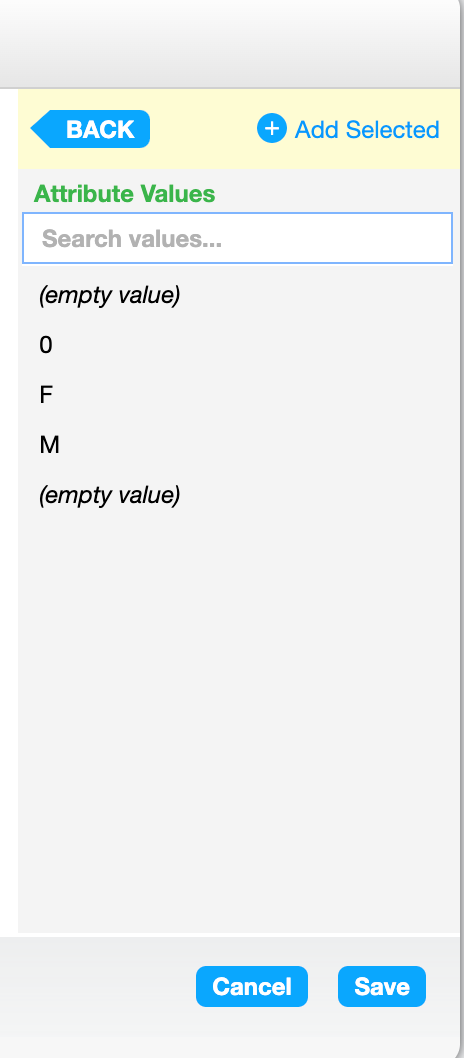Hello,
How can I create a metric that is going to filter empty values like the one below, by if an empty value doesn’t yet exist? In other words how can I make the filter so it filters out future empty values?
select Customer Gender where Customer Gender not in ((empty value))
Thanks!
Best answer by Jan Kos
View original

